Depending on the intended use of the tubes, paper cores can be made from heavy-duty thick cardboard for industries such as fabric and electrical, whereas for toilet paper or paper towels, the cores can be made from thinner, less durable cardboard or paper. Read More…
Valk Industries provides engineering and manufacturing services for cardboard tubes as well as custom thermoformed items like clamshells, blister packs, trays and filler material.

Western Container partners with the world`s top spiral tube equipment designers & paperboard manufacturers, to bring our customers the very best paper tubing and precision cores.

Chicago Mailing Tube is a premier manufacturer of custom paper tubes, containers, and cores, providing products that are both high quality and economical. CMT has been meeting custom size and design requirements for its customers since 1902.
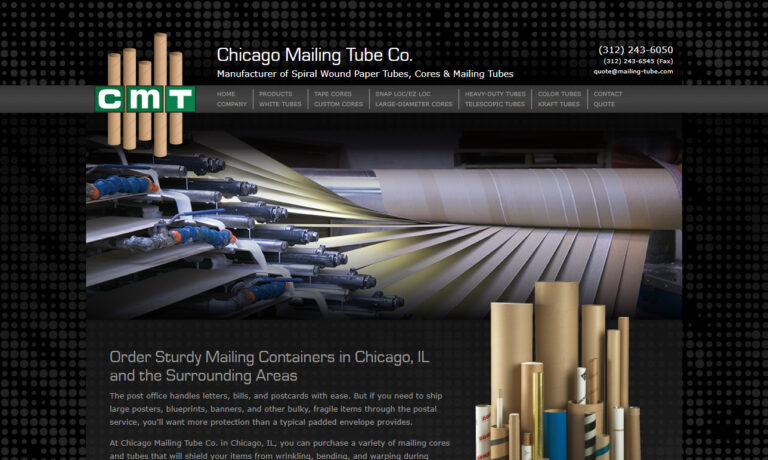
Here at Paper Tubes and Sales we are a proven manufacturer of high quality cardboard tubes. These products are ideal for a multitude of industries and our teams are available to assist you with determining the best paper tube for your application.

Marshall Paper Tube Company designs and manufactures custom labeled cans, tubes, and mailings. We can create amazing custom designs in full color for your product or brand. We also provide specialty items like coin collection banks and fundraising cans. All of our products are made in the United States of America and out of 100% recycled paperboard in an effort to stay “green.”

More Paper Core Manufacturers
Paper Cores: Engineered Strength for Industrial and Consumer Applications
Paper cores, manufactured from high-quality wood pulp fibers, are integral components in a diverse array of industries. By combining these fibers with specialized adhesives and protective laminates, manufacturers can tailor the properties of each core to meet specific requirements—such as increased strength, moisture resistance, or heat resistance. This advanced customization makes paper cores a go-to solution for a vast range of industrial and commercial applications.
What Are Paper Cores?
Paper cores are cylindrical tubes, typically made from layers of paperboard or cardboard wound together with adhesive. Unlike paper tubes such as shipping tubes or postal tubes, which are primarily designed to serve as an outer protective shell, paper cores act as the internal backbone of rolled products. Their primary role is to provide structural support from within, ensuring the integrity and usability of the materials wound around them.
How Are Paper Cores Manufactured?
The production of paper cores involves several precise steps to ensure optimal performance:
- Material Selection: High-strength wood pulp fiber is selected for durability and resilience.
- Layering and Adhesion: Multiple layers of paperboard are spirally or convolutely wound and bonded with industrial adhesives.
- Lamination: Protective laminates may be added for enhanced water resistance, heat resistance, or chemical protection.
- Custom Sizing: Cores can be manufactured in virtually limitless diameter, thickness, and length combinations to fit unique applications.
Key Advantages of Paper Cores
Why do buyers across industries prefer paper cores? Here are some compelling reasons:
- Cost-Effectiveness: Paper cores are more affordable to produce, cut, and customize compared to alternatives like plastic or metal cores.
- Environmental Sustainability: Made from renewable resources, paper cores are recyclable and biodegradable, supporting green manufacturing initiatives.
- Versatility: Their design and composition can be tailored for diverse applications, from lightweight consumer goods to heavy-duty industrial products.
- Strength and Durability: Engineered to withstand significant radial and axial pressures, paper cores maintain their integrity even under heavy loads.
- Ease of Processing: Manufacturers can quickly cut and assemble paper cores to precise specifications, ensuring efficient turnaround times.
Common Applications of Paper Cores
Paper cores are essential in both consumer and industrial sectors. Some of the most prevalent applications include:
- Textiles and Fabrics: Used as the central support for winding and storing materials such as cotton, polyester, and specialty fabrics.
- Packaging: Paper cores serve as the backbone for products like cellophane wrap, aluminum foil, wax paper, and food packaging films.
- Adhesive Tapes and Labels: Essential for products such as packing tape, masking tape, duct tape, and labels, ensuring smooth unwinding during use.
- Printing and Graphics: Provide core support for large-format printing rolls, photographic paper, and signage materials.
- Construction and Industrial Materials: Used for winding insulation, carpet underlay, roofing materials, and protective films.
- Electrical Components: Support for wire, cable, and other coiled electrical products to prevent knotting and tangling.
- Retail and Consumer Goods: Found in products like gift wrap, ribbons, stickers, and disposable paper products.
- Specialty Manufacturing: Utilized in slitting, die-cutting, and converting applications for precise material handling.
Did you know?
Looking for a specific paper core application? Explore how custom paper cores can be tailored for your industry’s unique needs:
- How are paper cores used in textile and fabric industries?
- What makes a paper core suitable for adhesive tapes and labels?
- Why are paper cores preferred in industrial manufacturing?
Paper Cores in the Textile Industry
Textile mills and fabric manufacturers depend on paper cores for efficient storage and transport of yarns, threads, and finished fabrics. The cores’ rigidity ensures that delicate materials like silk and synthetic fibers remain free from creases, tangles, and contamination. Custom diameters and wall thicknesses allow for optimal material handling, reducing waste and streamlining production processes.
- Benefits: Preserves fabric quality, simplifies automated winding processes, and minimizes operational downtime.
- Buyer Considerations: When selecting a textile core, evaluate required core strength, smoothness, and compatibility with winding machinery.
Paper Cores for Adhesive Tapes and Labels
Manufacturers of adhesive tapes and self-adhesive labels rely on precision-engineered paper cores to deliver consistent roll performance. The core’s rigidity prevents deformation, ensuring easy unwinding and application. Laminated or coated cores can be specified for added moisture resistance, necessary in high-humidity environments or where adhesives may bleed.
- Applications: Packing tape, painter’s tape, masking tape, duct tape, industrial adhesive tapes, and label rolls.
- Decision Factors: Consider core diameter, wall thickness, moisture resistance, and compatibility with automatic dispensing equipment.
Industrial and Specialty Paper Cores
In sectors like packaging, converting, and construction, heavy-duty paper cores are critical for supporting large rolls of materials such as plastic sheeting, metal foils, roofing materials, and insulation. These cores are engineered to withstand high tension and weight, often featuring extra-thick walls or reinforced laminates for added durability.
- Industrial Use Cases: Converting and slitting operations, die-cutting, web handling, and material distribution systems.
- Selection Tips: Evaluate the anticipated load, environmental exposure (humidity, chemicals), and required core strength for your application.
Why Choose Paper Cores Over Plastic or Metal Cores?
While plastic and metal cores are available for certain specialized uses, paper cores offer several distinct advantages:
- Lower Cost: Paper is a less expensive raw material and easier to source in bulk quantities.
- Eco-Friendliness: Paper cores are recyclable and biodegradable, making them a preferred option for companies prioritizing sustainability and compliance with environmental regulations.
- Customizability: Paper cores can be rapidly produced in custom sizes, thicknesses, and finishes without the tooling costs associated with other materials.
- Weight Reduction: Lighter than most alternatives, paper cores help reduce shipping costs and make manual handling safer and easier.
Frequently Asked Questions About Paper Cores
- What are the standard sizes of paper cores?
Paper cores are available in a broad range of diameters (from less than an inch to several feet), wall thicknesses, and lengths. Custom sizing is standard, ensuring a perfect fit for every application. - Can paper cores be made water- or heat-resistant?
Yes. By applying specialty laminates or coatings, paper cores can be engineered to resist water, oil, heat, and even chemicals, making them suitable for demanding environments. - Are paper cores recyclable?
Absolutely. Most paper cores can be recycled alongside other paper and cardboard products, contributing to closed-loop manufacturing and corporate sustainability goals. - How do I choose the right paper core for my application?
Consider the material being wound, required core strength, environmental exposures, and compatibility with existing equipment. Consulting with a paper core manufacturer or supplier can help you select the most cost-effective and functional option. - How are paper cores shipped and stored?
Cores are typically stacked and wrapped for transport. Their hollow construction allows for nesting, maximizing space efficiency in storage and shipping.
Decision Factors: How to Select the Best Paper Core Supplier
Choosing the right paper core manufacturer or supplier is critical for quality assurance, cost savings, and operational efficiency. Here are key factors to consider:
- Customization Capabilities: Can the supplier meet your unique sizing, strength, and finish requirements?
- Material Quality: Does the supplier use high-grade, sustainably sourced paperboard and adhesives?
- Production Capacity: Can the supplier accommodate your order volume and deliver on time?
- Technical Support: Are engineers or sales specialists available to help specify the optimal core for your process?
- Certifications and Standards: Does the manufacturer comply with industry standards, such as ISO certifications or environmental regulations?
- Reputation and Reviews: What do other buyers say about the supplier’s reliability and service?
Enhancing Sustainability Through Paper Core Recycling
Increasing numbers of businesses are seeking to reduce landfill waste and improve their green credentials. Paper core recycling is a simple yet powerful step. Many facilities accept used paper cores for recycling, transforming them into new products such as recycled paperboard, packaging, or even new cores. By choosing paper cores over plastic or metal, companies can further their circular economy initiatives and demonstrate environmental responsibility.
Comparing Paper Cores: Spiral-Wound vs. Convolute-Wound
Two primary methods are used to manufacture paper cores:
- Spiral-Wound Cores: Constructed by winding strips of paperboard at an angle, resulting in high strength and uniformity. Common for most industrial and consumer applications.
- Convolute-Wound Cores: Made by winding paperboard layers directly on top of one another (parallel to the core’s axis), producing very thick walls. Preferred for applications requiring maximum crush resistance, such as heavy metal or plastic foil rolls.
Need help choosing between spiral-wound and convolute-wound paper cores? Contact your supplier for technical support or request product samples to compare performance in your application.
Innovations and Future Trends in Paper Core Manufacturing
The paper core industry continues to evolve, driven by new material sciences, automation, and sustainability demands. Recent trends include:
- Advanced Coatings: Water-based and bio-based coatings for improved strength and environmental performance.
- Automation: Integration of robotics and smart manufacturing systems for increased production efficiency and consistent quality.
- Lightweight Designs: Engineering lighter yet stronger cores to reduce shipping costs and environmental footprint.
- Digital Printing: Printing logos, branding, and product information directly onto cores for supply chain tracking and marketing.
- Recycled Content: Higher use of post-consumer recycled fibers to meet sustainability goals and regulatory requirements.
Ready to Find the Perfect Paper Core for Your Application?
Choosing the right paper core is essential for optimizing your process, reducing costs, and enhancing product quality. Whether you need custom-sized industrial paper cores, specialized coatings, or eco-friendly solutions, reputable manufacturers can provide expert advice and tailored products. Request a quote or sample, consult with a technical specialist, or explore supplier reviews to ensure you receive the best value and performance.
Have questions about paper core specifications, lead times, or pricing? Contact us today for expert assistance and personalized recommendations.











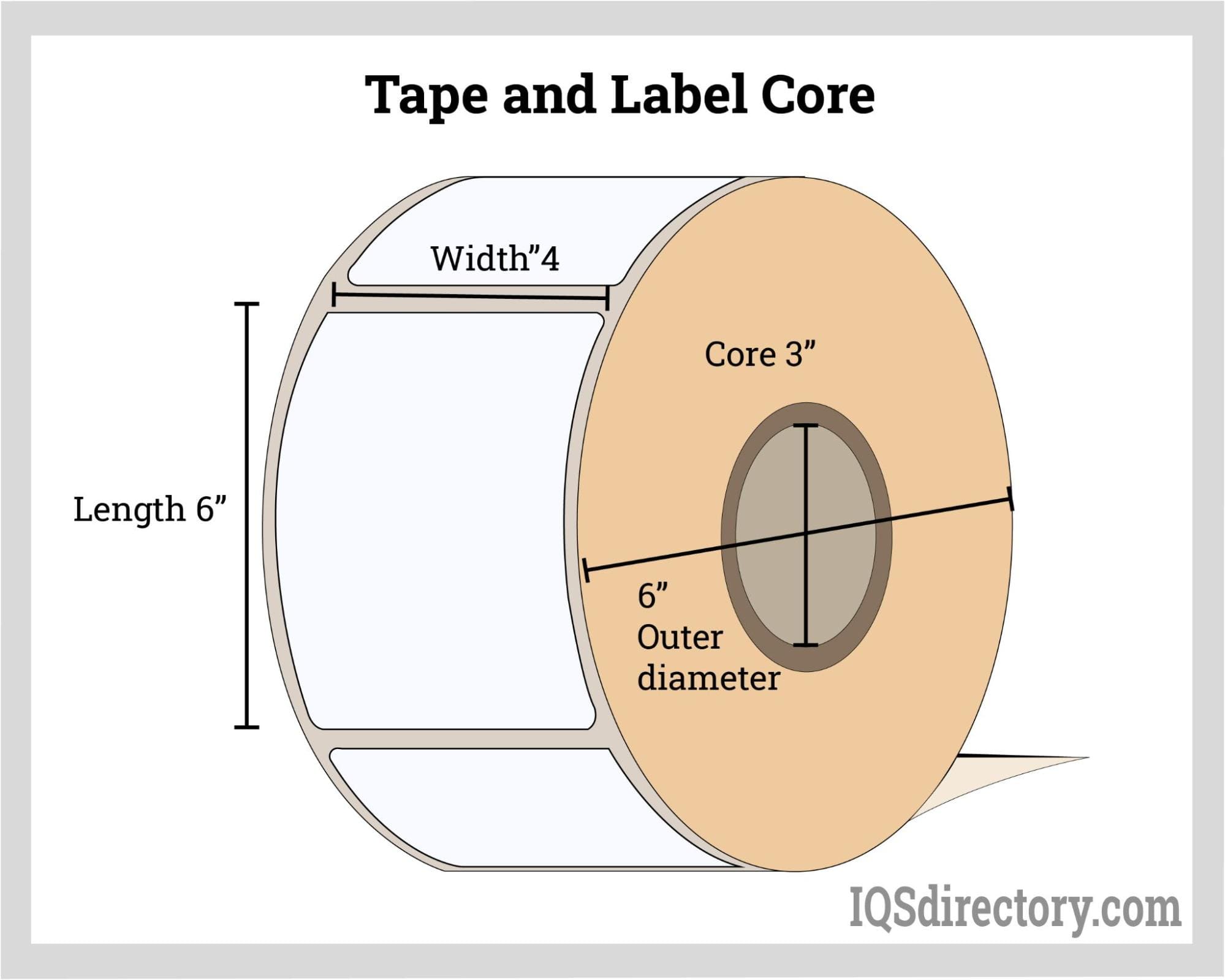



 Cardboard Tubes
Cardboard Tubes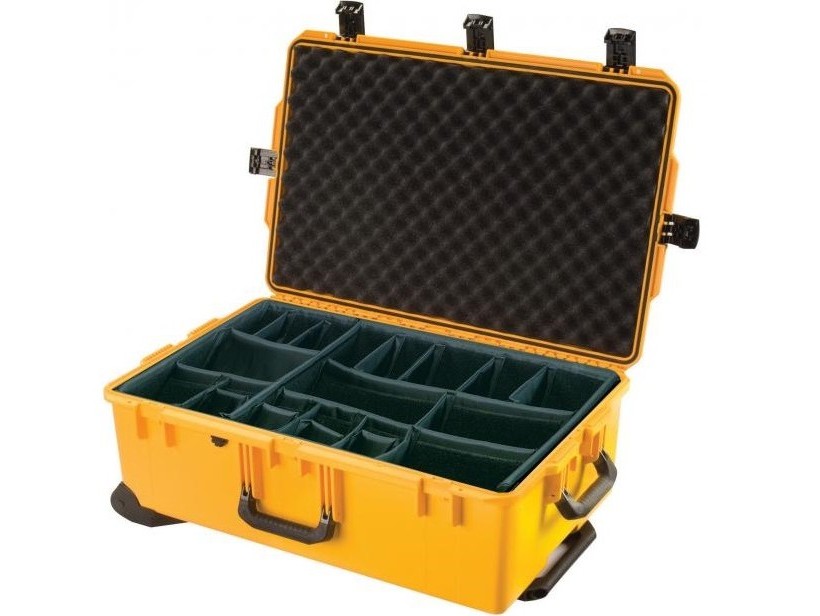 Carrying Cases
Carrying Cases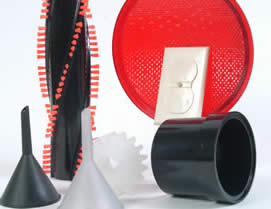 Contract Packaging
Contract Packaging Corrugated Boxes
Corrugated Boxes Dot Peening Machines
Dot Peening Machines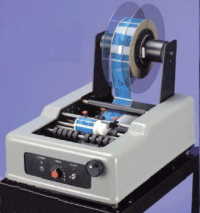 Labeling Machinery
Labeling Machinery Marking Machinery
Marking Machinery Packaging Equipment
Packaging Equipment Palletizers
Palletizers Plastic Bags
Plastic Bags Sewing Contractors
Sewing Contractors Tape Suppliers
Tape Suppliers Castings & Forgings
Castings & Forgings Bulk Material Handling
Bulk Material Handling Electrical & Electronic Components
Electrical & Electronic Components Flow Instrumentation
Flow Instrumentation Hardware
Hardware Material Handling Equipment
Material Handling Equipment Metal Cutting Services
Metal Cutting Services Metal Forming Services
Metal Forming Services Metal Suppliers
Metal Suppliers Motion Control Products
Motion Control Products Plant & Facility Equipment
Plant & Facility Equipment Plant & Facility Supplies
Plant & Facility Supplies Plastic Molding Processes
Plastic Molding Processes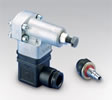 Pumps & Valves
Pumps & Valves Recycling Equipment
Recycling Equipment Rubber Products & Services
Rubber Products & Services